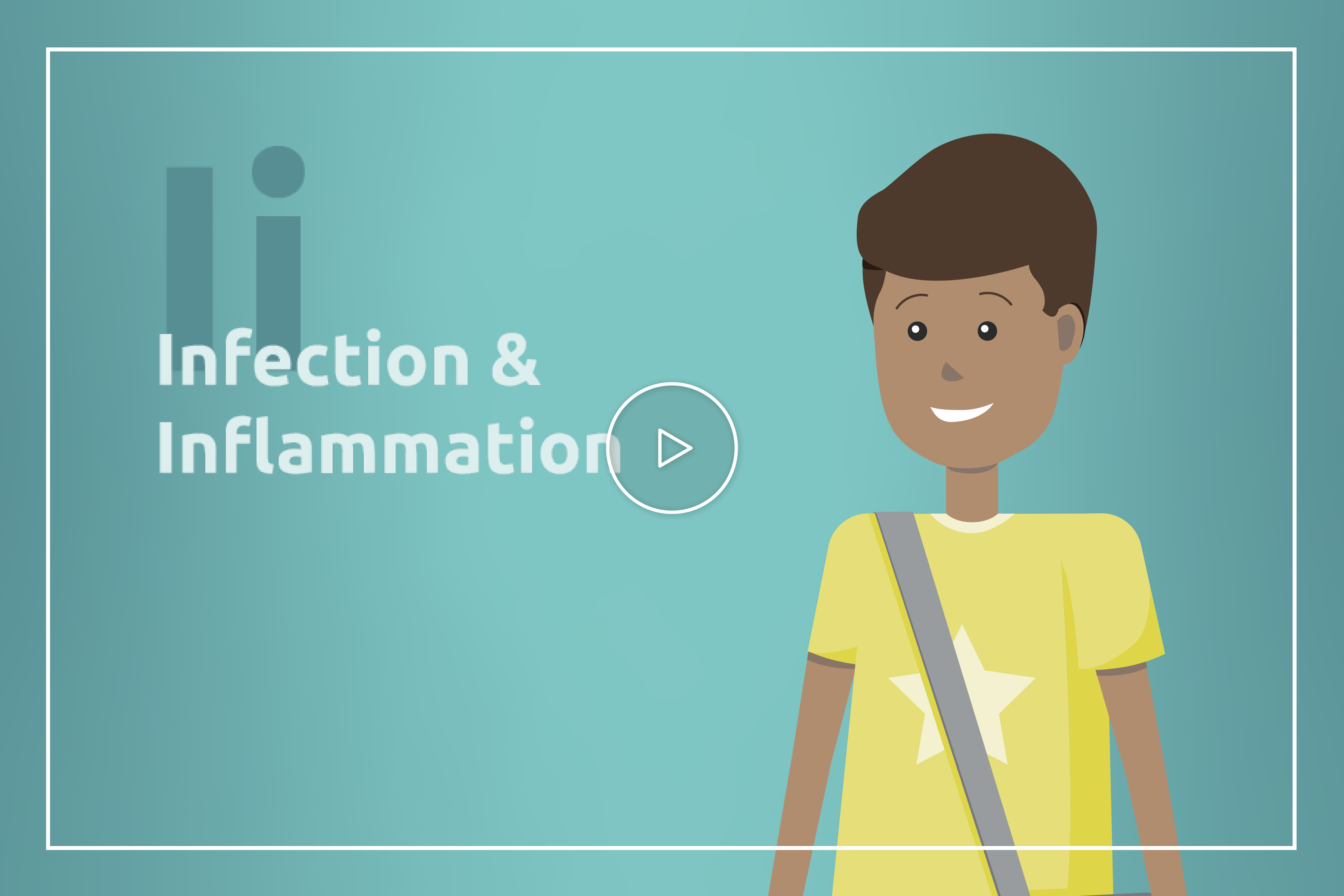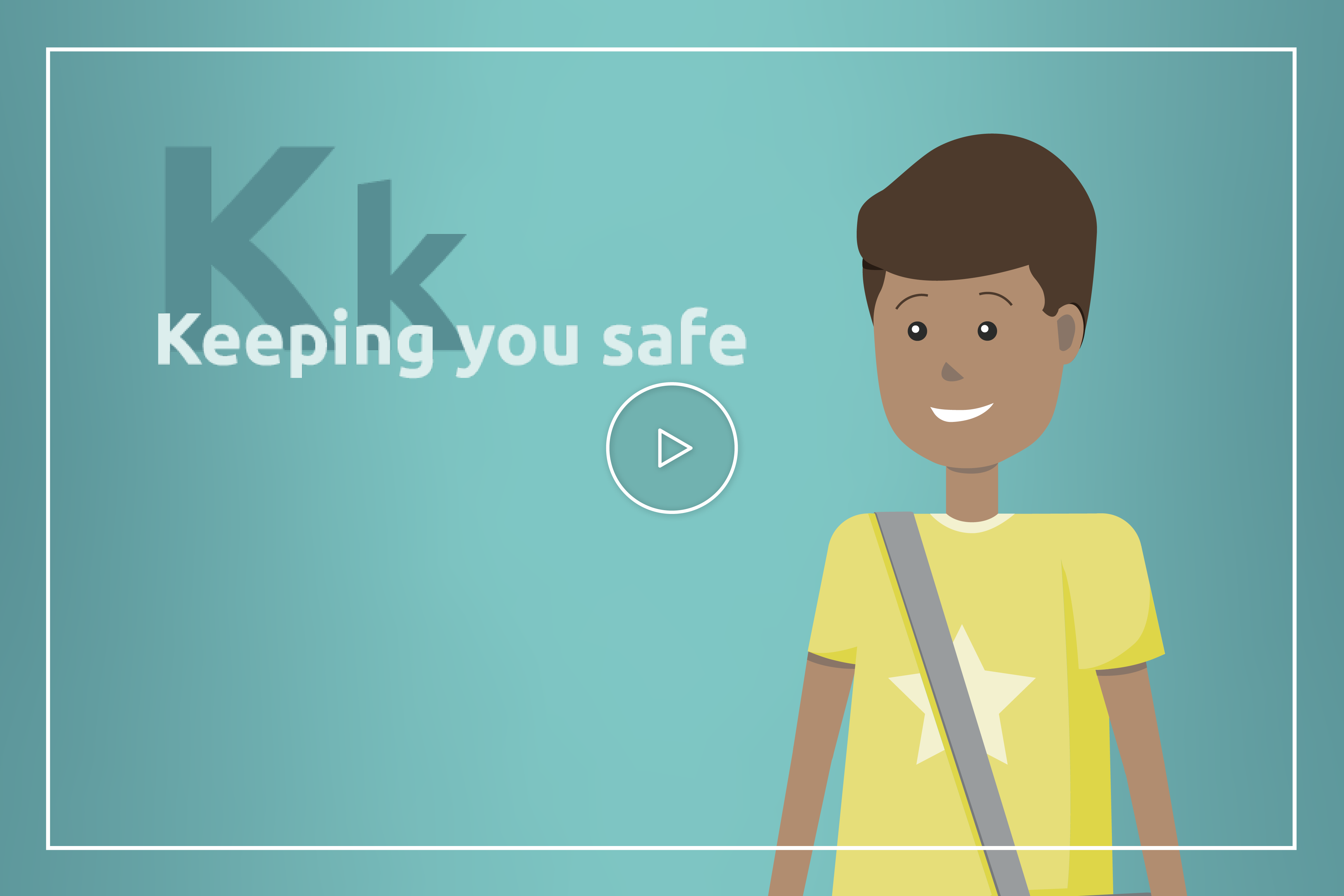Daily Life and Safety
What to pack in your VAD “Go Bag”?
You must always have back up equipment with you in case something happens to one of your VAD components. The following items should be with you at all times:- Emergency VAD contact information
- Extra batteries
- Extra controller
- Extra clips
- Medicines to take while you are gone
- Water bottle
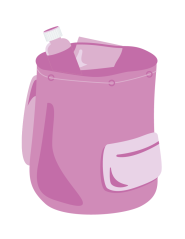
What to know about travel?
As a precaution, always carry your VAD emergency information with you.

Driving Precautions
Every state has different rules about driving with a VAD. If you are a licensed driver, use caution within the first 90 days after surgery because you may still be taking medication that may affect your concentration. Some medications will cause side effects that you won’t have adjusted to yet. When you start driving again, take short supervised trips to get used to driving with the new equipment. If you feel dizzy, short of breath, or have blurred vision, pull over to the side of the road immediately and call for help.
Long Distance and Air Travel
You will be able to travel, even on a plane, but it takes some extra planning with your care team to make sure you’re safe. You will need a travel plan and an emergency action plan for long-distance trips. Your care team will make this plan and contact other ACTION hospitals to discuss your care. When traveling by plane, you will NOT go through standard security. You will need to tell the airline agents you have a medical device and they will take you through a separate security lane.
What should you know about going back to school or work?

It will vary from hospital to hospital, but once your care team decides it’s safe for you to return home and go to school or work, or perform your normal activities, multiple steps will occur to ensure your safety. When you do leave the hospital, make sure to:
- Have a trained person available to help with alarms and emergencies
- Notify the local EMS department (fire station, police, etc.)
- Have backup batteries, a backup controller, and any additional information your team gives you to prepare for leaving the hospital
If your care team feels you must stay in the hospital for a longer period of time, you may be able to get school services in the hospital. In-hospital school staff can work with your school to make sure you get the right learning materials.
Learn more about how your doctors will determine when you’re ready for jobs and school in the interactive below.
Is exercise right for you?
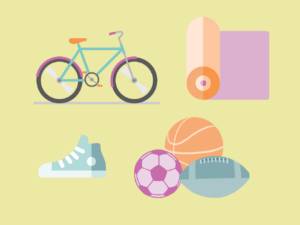
Once you’ve recovered from surgery you should be exercising to get stronger. You may be instructed to do special exercises at home or you may be asked to come to the hospital frequently to exercise in the clinic. Your care team will help you choose exercises that you can do safely.
If you have a wearable tracking device, talk to your care team about coming up with a step goal to keep you moving daily.
What do you do when you get a cold?
When you have a VAD, you can still get common colds or other infections unrelated to the VAD. It’s important to have a flu shot every year. And, you should always let your care team know if you are sick. They may direct you to your primary care doctor or have you come into the VAD clinic. Learn about VAD-related infections and inflammation in the interactive below.What over-the-counter medicines can you take?
When you’re on a VAD, you will sometimes have pain, especially after your surgery.- You CAN’T take NSAIDS (Motrin, Advil, Ibuprofen) because it will change the way your blood clots.
- You CAN take Tylenol for pain.
Additional Safety Tips:
- Prevent exposure to static electricity. Use dryer sheets when doing laundry, wear rubber sole shoes/slippers indoors, and be careful on outdoor slides.
- Protect your controller and batteries when it is raining outside or when around a large amount of water.
- Always wear a seatbelt in the car.
- Never disconnect your driveline. Your pump will stop. Never disconnect from both power sources.
- Wash your hands before doing a dressing change.
- Always bring your backup equipment when leaving the house. Check the battery charge level before connecting to batteries.
- If there is a power outage, switch to battery power. Notify your care team if the power is out for more than 24 hours.
- For bleeding cuts, firmly press on the cut for 5–10 minutes, or until the bleeding stops. Call your care team if the bleeding does not stop.
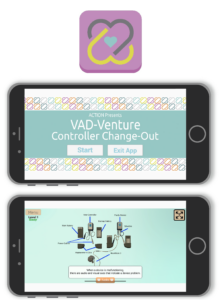 Download our VAD-Venture iOS App for the HeartMate 3™ LVAD!
Download our VAD-Venture iOS App for the HeartMate 3™ LVAD!
Check out our VAD-Venture Controller Change-Out simulation app for iOS. This simulation game is designed to help you practice changing out the HeartMate 3™ LVAD controller, in return helping you build the confidence needed to properly care for your device.
Don’t have iOS? Practice your skills here.


